Understanding diseases with stem cells
University scientists are at the forefront of research using stem cells to understand degenerative conditions and diseases.
The Medical Research Council (MRC) Centre for Regenerative Medicine is studying conditions such as multiple sclerosis, liver failure, Parkinson's and Motor Neurone Disease.
By using stem cells to model diseases in a dish, scientists can gain greater knowledge about degenerative conditions for which there is currently no cure.
The aim is to turn research from the laboratory into treatments that will improve patients’ lives.
Scientists at the centre are also using stem cells to find more efficient ways to screen drugs.
Stem cells have opened up a whole new avenue of research to enable us to better understand the reason why degeneration occurs with a view to being able to establish improved treatments
Centre for Regenerative Medicine
The MRC Centre for Regenerative Medicine brings together world-leading expertise in stem cell research.
Researchers are looking at both embryonic stem cells, which have the potential to become any of the different cells in our body, and induced pluripotent stem cells.
Induced pluripotent stem cells are reprogrammed adult stem cells that behave like embryonic stem cells.
In pictures
Stem cells for blood transfusions
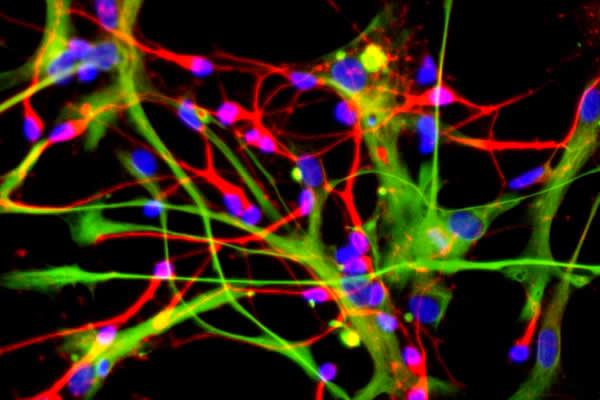
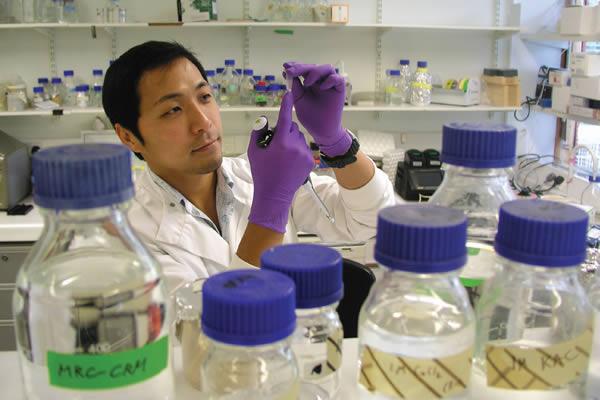
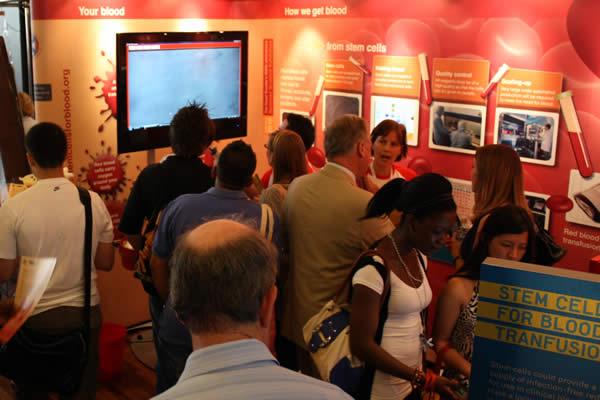
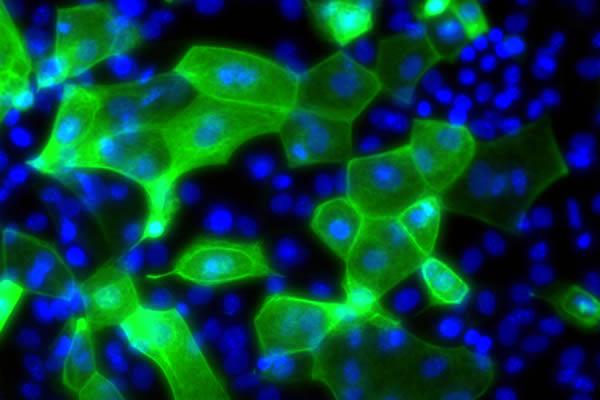
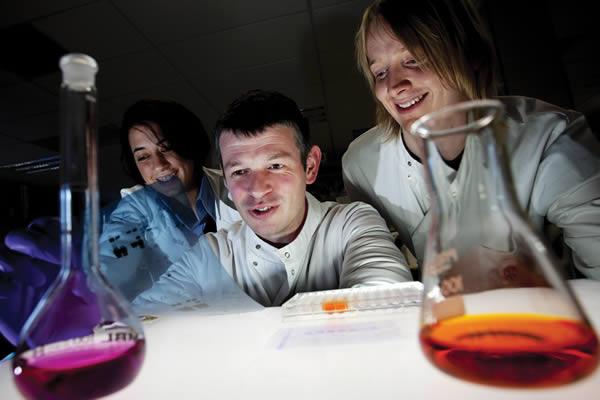
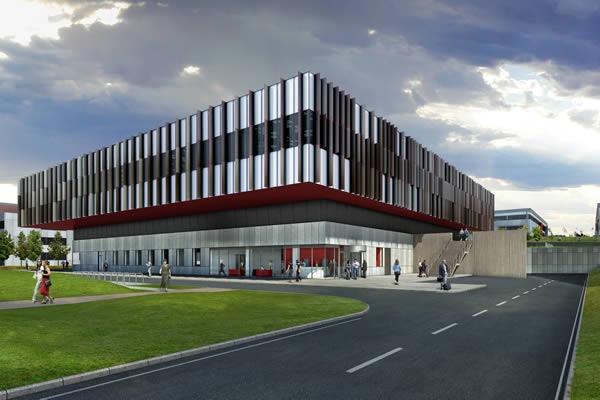
Researchers at the MRC Centre for Regenerative Medicine are involved in many research projects.
One example is a collaborative research project to generate a limitless and infection-free supply of red blood cells in the laboratory.
The aim of the £2.9 million Wellcome Trust funded project is to use embryonic stem cells to create blood that can be used in transfusions.
This would help maintain an adequate supply of blood, manage the risk of infections being transmitted and ensure donor compatibility.
Motor Neurone Disease
The MRC Centre for Regenerative Medicine also hosts the Euan MacDonald Centre for Motor Neurone Disease Research.
Research at the Euan MacDonald Centre includes using stem cells to study a gene linked to motor neurone disease.
While the gene causes the disease in a small group of inherited cases, it is believed to be relevant to more than 90 per cent of cases.
The research will help understand why specific nerves die in motor neuron disease and give greater understanding on how the disease spreads.
Motor neurone study into key gene
Multiple Sclerosis
The University’s Centre for Multiple Sclerosis Research is also embedded within the MRC Centre for Regenerative Medicine.
Research is looking at how stem cells could be used to repair nerve damage caused by the disease.
This involves focusing on the role of myelin, which protects nerve fibres but is worn away in multiple sclerosis patients.
This then causes the nerve fibres themselves to become damaged.
At the MRC Centre for Regenerative Medicine we already have one of the largest critical masses of researchers in this area. We also place great emphasis on collaborating with other institutions both nationally and internationally, bringing together experts from across the world to make a difference to our understanding of disease.
Past developments
Key research has included finding a safer way to reprogramme adult stem cells from skin to behave like embryonic stem cells.
The study was the first time that scientists were able to get human skin cells to act like embryonic stem cells without the need to use viruses.
The technique has implications for making stem cells safer, paving the way for them to be eventually transplanted into humans.
Researchers were also the first to produce liver cells from adult skin cells in different ethnic origins.
Drugs are metabolised in the liver and the research could have implications for testing the toxicity of drugs in different ethnic groups.
Breakthrough makes safer stem cells
Study paves way for liver cell library
Building for the future
The centre places great emphasis on training the next generation of researchers, to build a good foundation for research in the future.
It will relocate from its current base at the Chancellor’s Building to a purpose-built building in 2011.
The new building will incorporate state-of-the-art laboratories including facilities to produce induced pluripotent stem cells.
It will also house good manufacturing practice facilities, which will enable cells to be made to a standard that can be used in clinical trials.
The centre adopts a flexible approach as to areas of research, but will include looking at diseases of the blood, brain and liver.
The building is located on the new Edinburgh Bioquarter, sited alongside the Royal Infirmary of Edinburgh.
PhD students photo credit: Maverick Photo Agency.

